EXPLORE
Travel
Historic Buildings
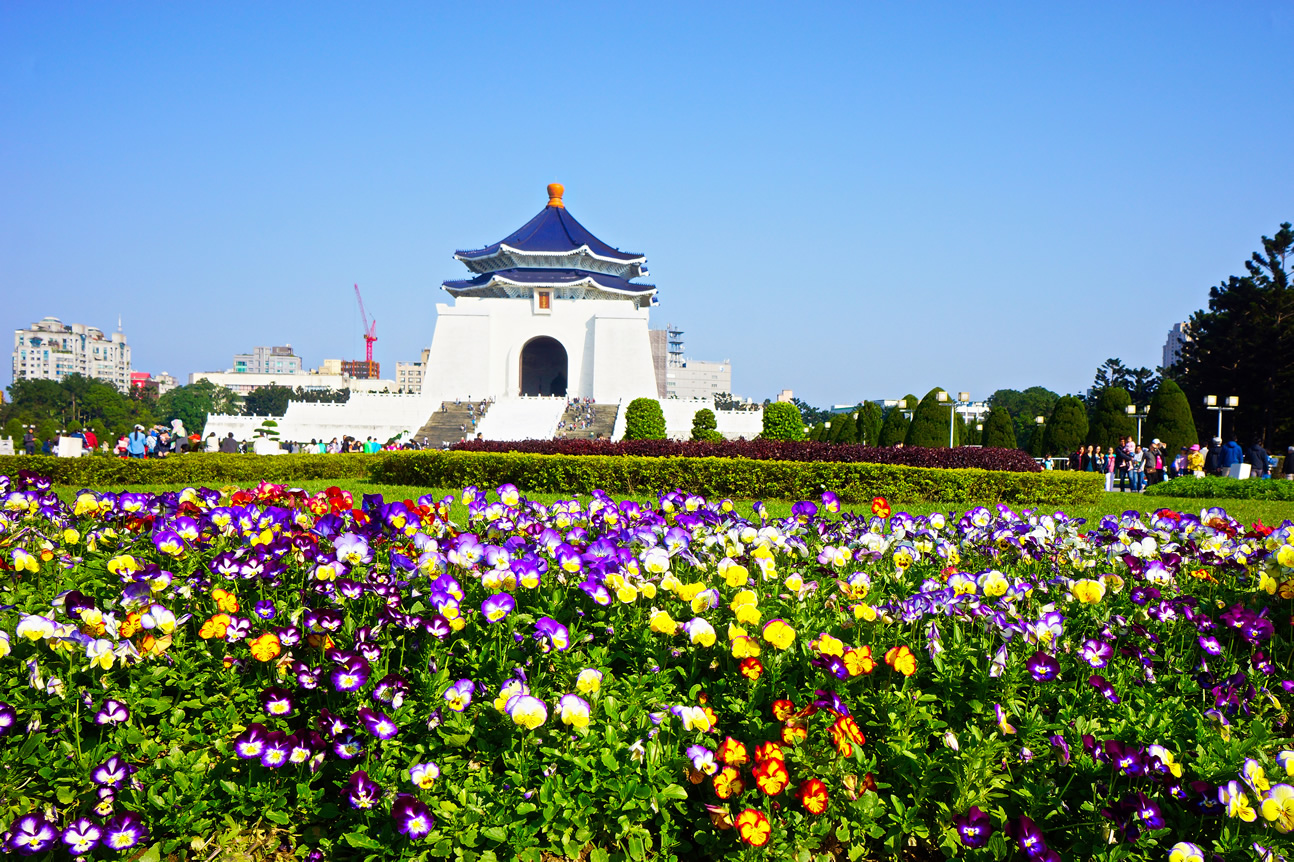
Approximately a 2-minute walk and just a stone’s throw away from the conference venue is the iconic architectural landmark of the National Chiang Kai-shek Memorial Hall, a majestic white building with a sapphire blue octagonal shaped roof. Within the same huge complex, and in addition to the main memorial hall and the National Theater and Concert Hall are event plazas and Chinese-style gardens. The National Chiang Kai-shek Memorial Hall, with its rich cultural and historical significance and its distinctive architectural features, is one of Taipei's most famous monuments, attracting a large number of visitors annually.
Source:Department of Information and Tourism, Taipei City Government

Located in the eastern part of Taipei, this majestic building is stunning to behold. The hall was originally built to commemorate “Father of the Nation” Dr. Sun Yat-sen. The auditorium in the hall often hosts large-scale ceremonies, and in the past, it has been the venue for both the Golden Horse Awards and the Golden Bell Awards. The greenery of Zhongshan Park that surrounds the auditorium attracts tourists and locals alike to stop by and enjoy the space and is also a good location to photograph “Taipei 101,” the tallest building in Taiwan.
Source:Department of Information and Tourism, Taipei City Government

Zhongshan Hall, formerly known as the Taipei City Public Hall, was erected to host large events and gatherings during the Japanese Colonial Period. The architecture of this national monument blends a style that is both classical and modern. This is a multi-purpose venue for education, art and leisure, and one of the important arts venues in Taipei. The hall also hosts both the Taipei Traditional Arts Festival and the Taipei Film Festival annually.
Source:Department of Information and Tourism, Taipei City Government
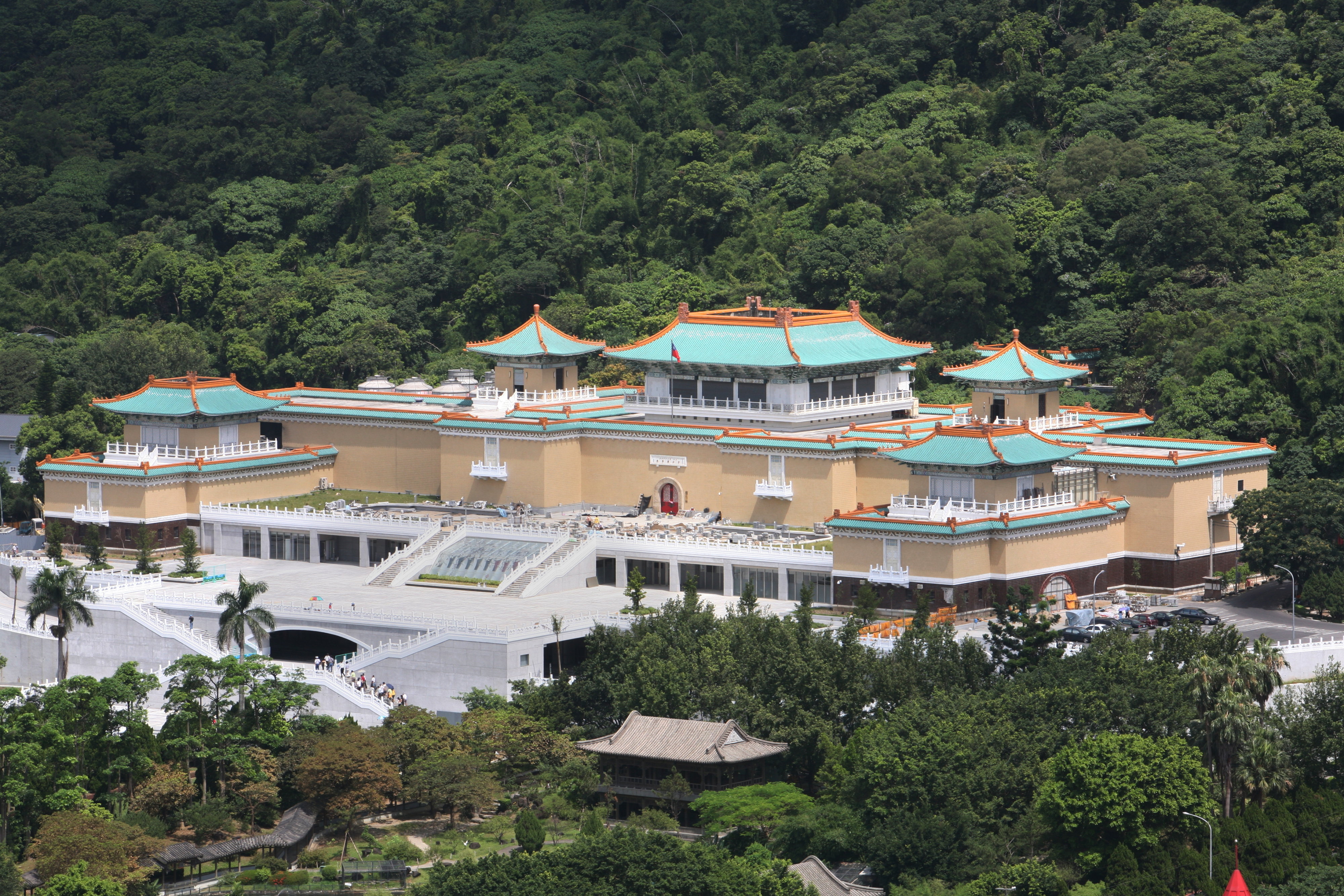
The National Palace Museum, located in Waishuangxi in Shilin District, Taipei, consists of Chinese palace style buildings housing the largest collection of Chinese art treasures in the world. Consisting of nearly 700,000 pieces, the collection is mostly centered on the Song, Yuan, Ming and Qing dynasties. The National Palace Museum is acknowledged as ‘a treasure trove of Chinese culture’ and a must-visit destination for any visitor to Taiwan.
Source:Department of Information and Tourism, Taipei City Government
Art and Cultural Destinations
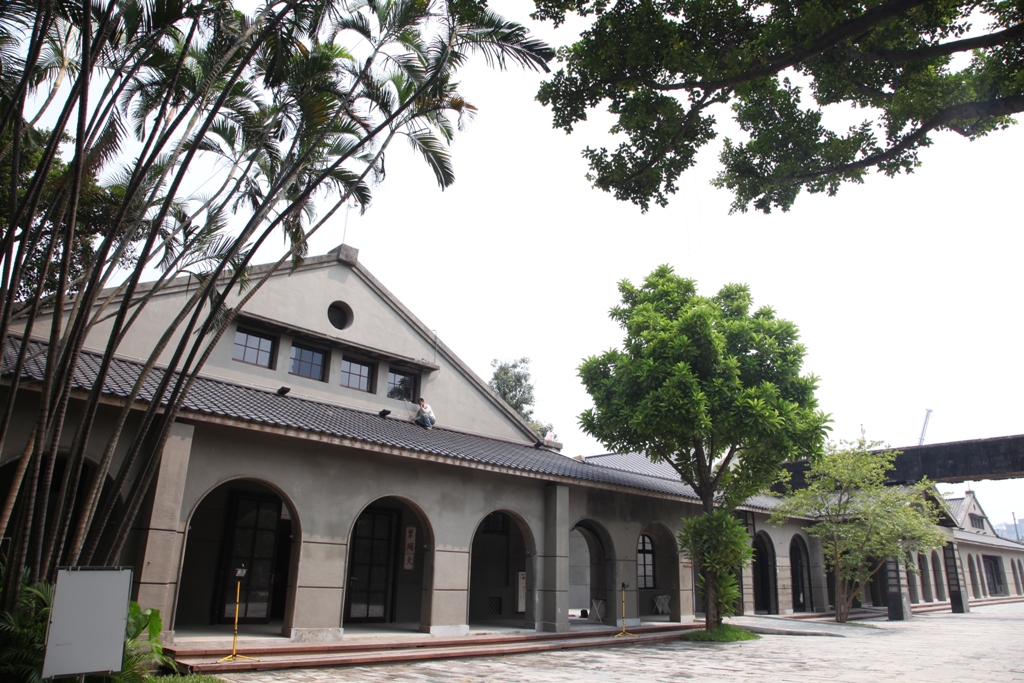
Songshan Cultural and Creative Park was formerly known as the Taiwan Sōtokufu Tobacco Monopoly Bureau during Japanese colonial rule. In a move to revitalize the space of the park, the park has been upgraded into an important hub for the cultural and creative industries by melding arts, cultural and creative, design and other such exhibition activities in recent years.
Source:Department of Information and Tourism, Taipei City Government
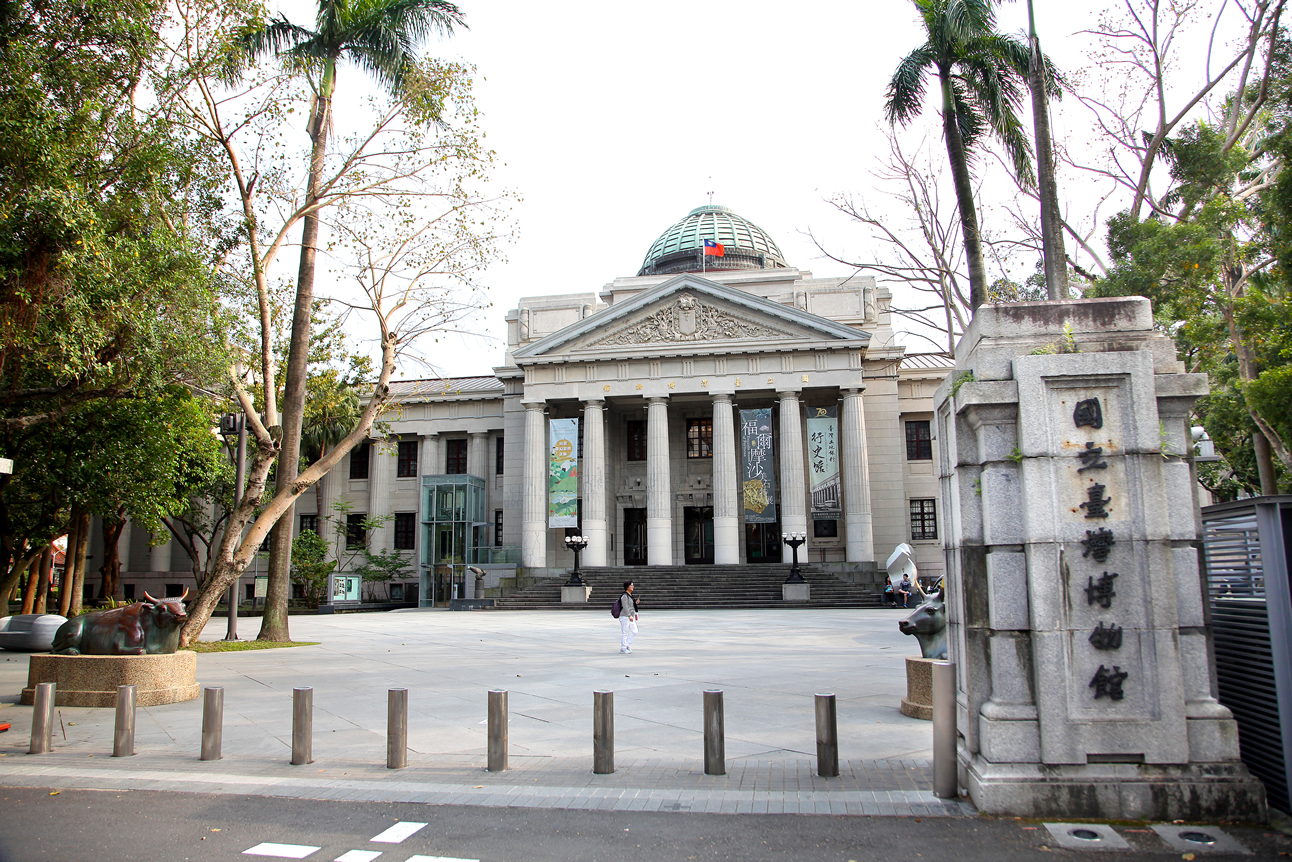
Located on the north side of 228 Peace Memorial Park, it is roughly a 10-minute walk from the conference venue. Established in 1908, the National Taiwan Museum is the oldest surviving museum in Taiwan. The architectural design was fashioned based the ancient Greek Doric style that was popular during the Renaissance period. The imposing architectural form and elegant classical sculptures have made it one of modern Taiwan’s rare architectural treasures. The museum houses curio pieces that span Taiwan's cultural and natural history.
Source:Department of Information and Tourism, Taipei City Government
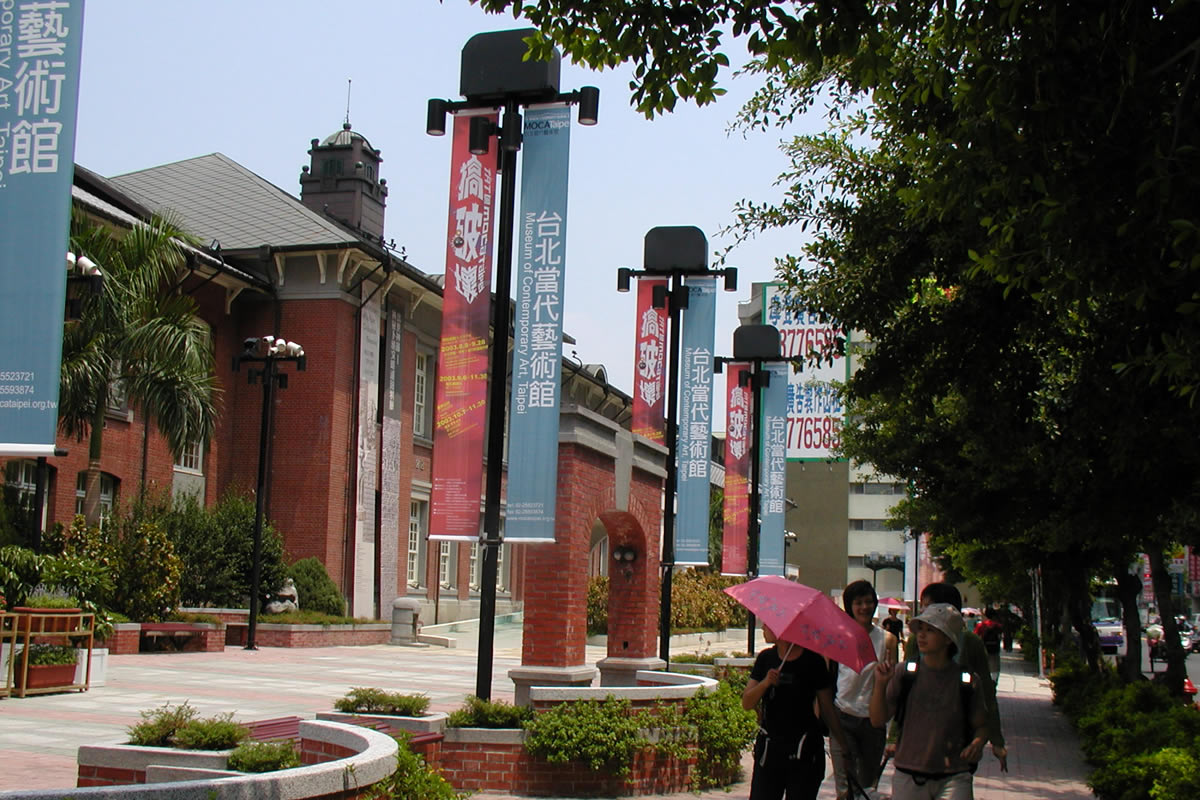
The Museum of Contemporary Art in Taipei is situated in a historic building noted for the red brick exterior with long vertical windows and a black tile Western-style sloping roof sitting upon a wooden truss. It was originally built as a primary school during the Japanese Colonial Period and was subsequently revitalized and repurposed. Nowadays the revamped school building is a museum devoted to promoting contemporary art.
Source:Department of Information and Tourism, Taipei City Government

Approximately a 6-minute walk from the conference venue, the 228 Peace Park is a metropolitan park with a classical vibe located in the heart of the city. There are Japanese garden-style landscaping features and green trails with some original historical sites preserved. The 228 Memorial Museum and monument are also located in the park.
Source:Department of Information and Tourism, Taipei City Government
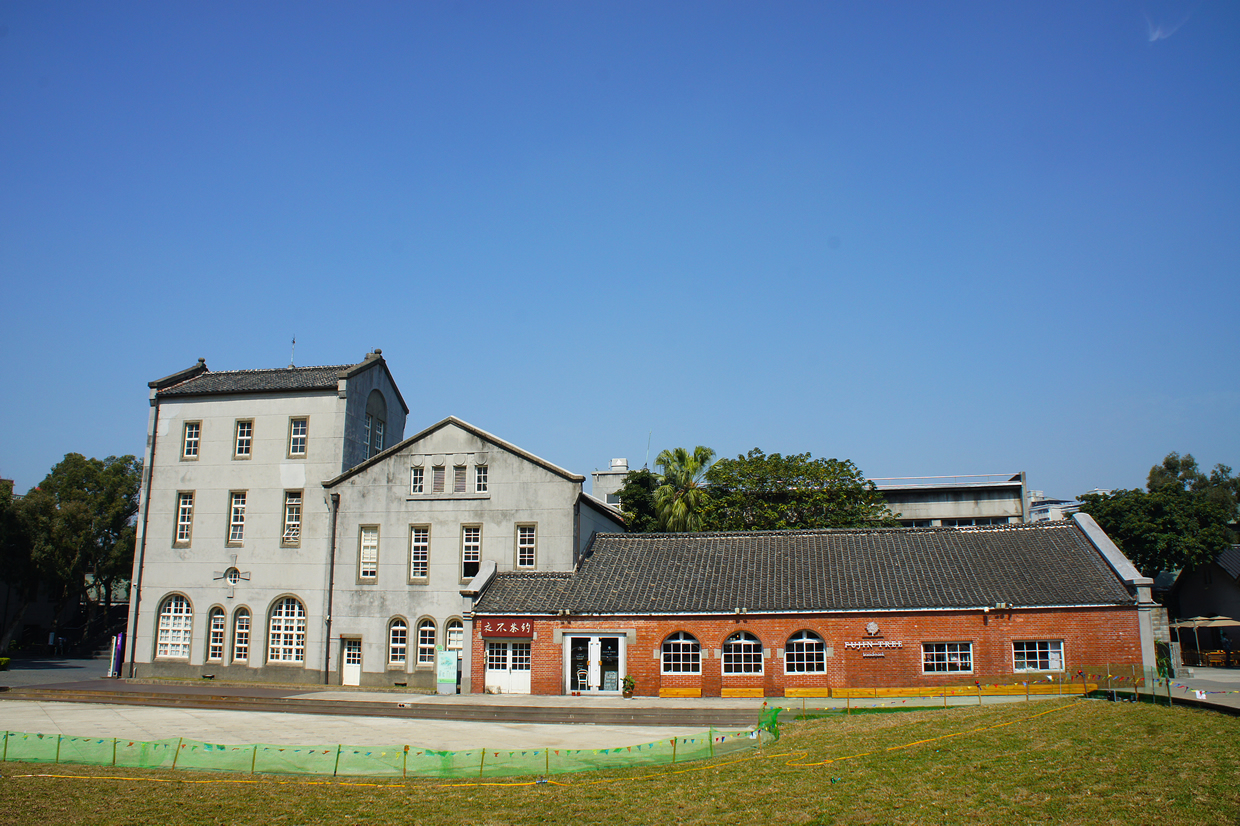
Formerly the Taipei Distillery, Huashan 1914 Creative Park has revamped itself into a multipurpose arts and cultural exhibition space of late. The renovated old buildings and arts installations in the park are the greatest visitor draws. Additionally, the large grassy area next to the park has become a popular picnic spot in the bustling city. Source: Department of Information and Tourism, Taipei City Government
Source:Department of Information and Tourism, Taipei City Government
Themed Shopping Areas
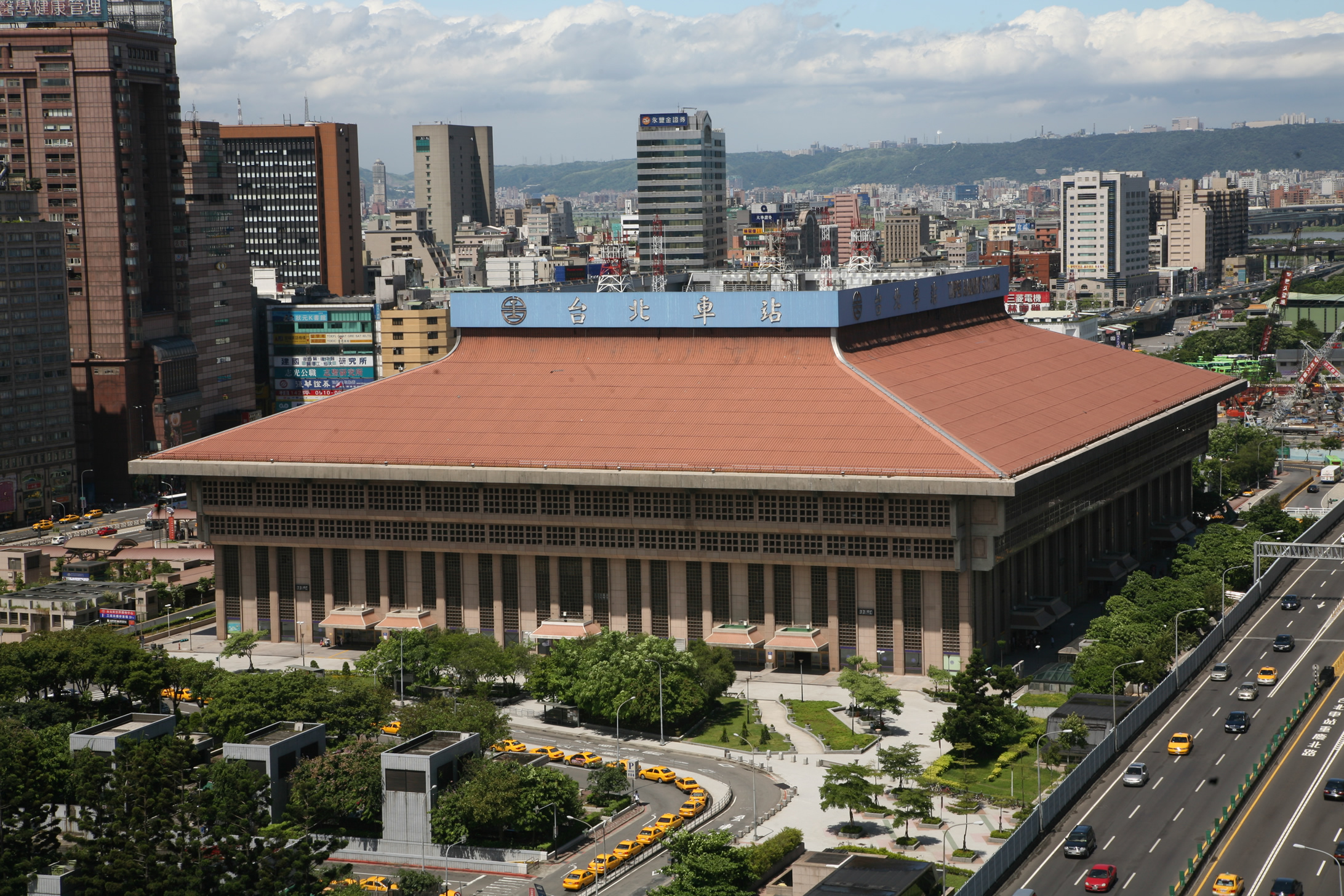
The Taipei Main Station is more than a transportation hub in northern Taiwan - it is also the largest railway terminal hall and one handling the greatest number of passengers in Taiwan. Business offices and cram schools abound in the Zhanqian shopping area in front of the station.
Source:Department of Information and Tourism, Taipei City Government
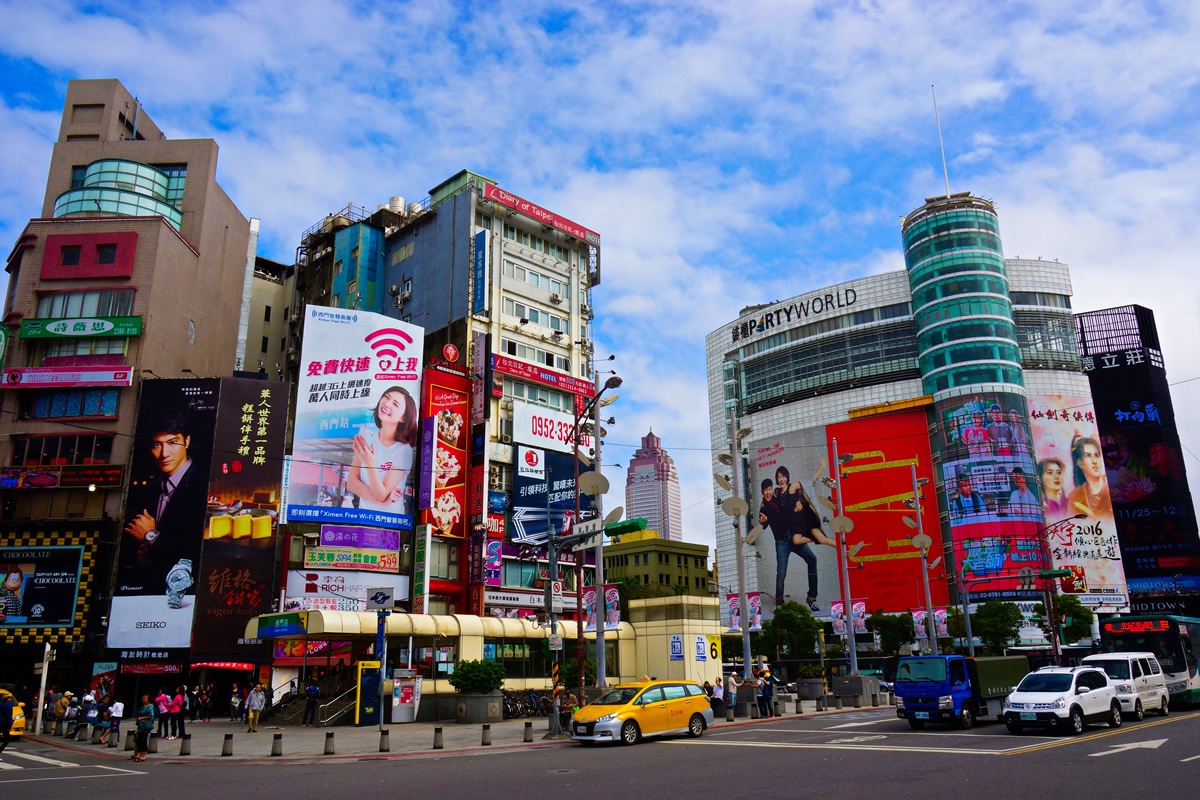
The name Ximending dates back to the Japanese Colonial Period; the area was famous for its many movie theaters that used to draw in large crowds. Later, with the advent of the MRT and planning input from the city government, Ximending was transformed into the major pedestrian hotspot we see today. During holidays, crowds flock here to seek out all kinds of fashionable, novel and interesting trinkets and goods. A place where there is something for everyone, Ximending is simply irresistible to many foreign tourists to Taipei.
Source:Department of Information and Tourism, Taipei City Government
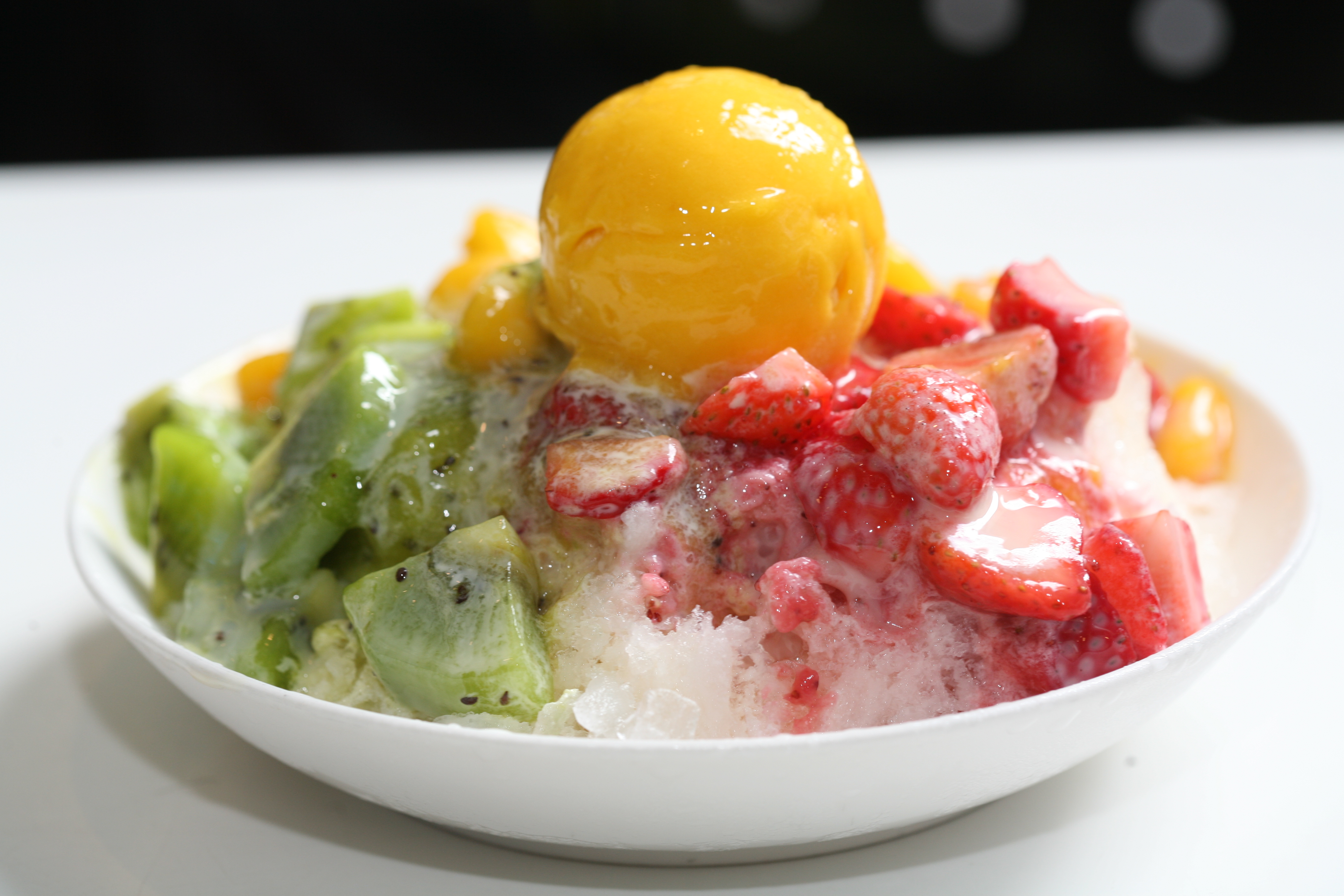
Yongkang Street is the birthplace of Taipei's alley culture. It was originally famous for its traditional Taiwanese cuisine. Later, many exotic restaurants and unique cafes set up outposts here. These famous restaurants and snacks continue to attract many visitors.
Source:Department of Information and Tourism, Taipei City Government
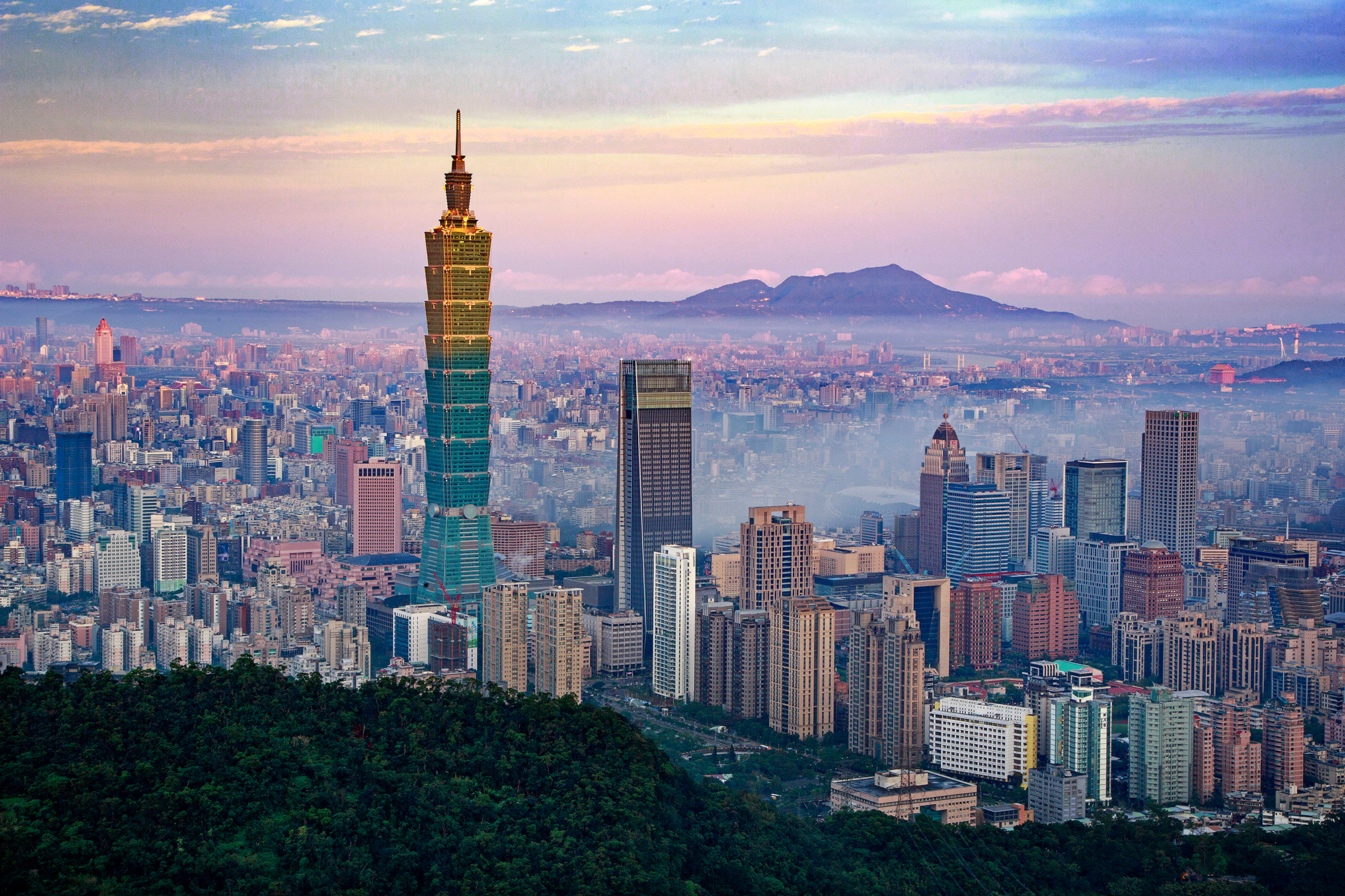
As the foremost landmark in Taiwan, Taipei 101 can be seen from all corners of Taipei City. Taipei 101 is a popular destination for taking photos, shopping, and for indulging in delicious cuisines on the 85th floor, where visitors can feat their eyes on a magnificent cityscape. Visitors can head straight to the observation deck on the 89th floor observation deck in just 37 seconds by taking the high-speed elevator! The view of Taipei from the observation deck on the 89th floor is breathtaking!
Source:The Taipei 101 / Photographer:蕭文章
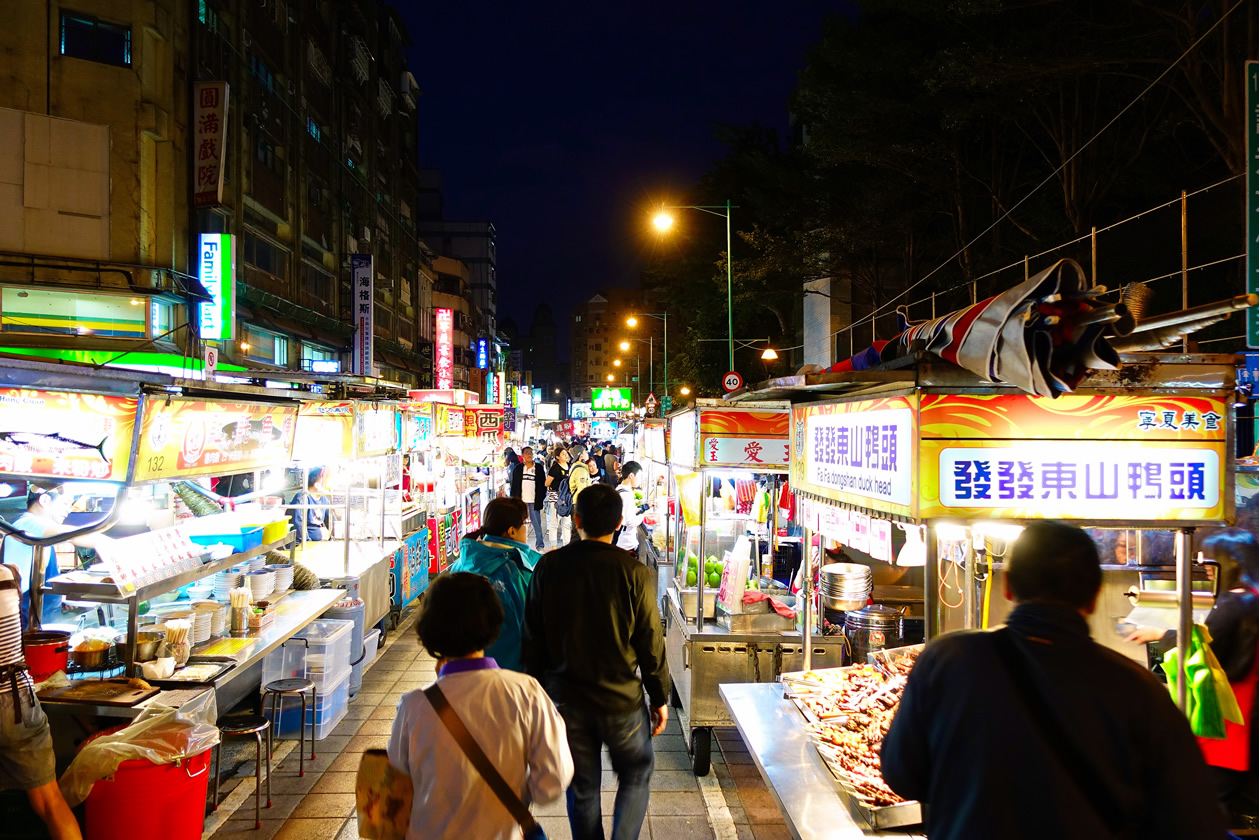
A well-known old night market in Taipei and also the birthplace of many famous snack brands, Ningxia Night Market is, for many visitors from overseas, often the first stop on their night market list. Besides having received overwhelming praise from both food magazines and website reports alike, the night market has retained traditional flavors that are unique to Taiwan.
Source:Department of Information and Tourism, Taipei City Government
